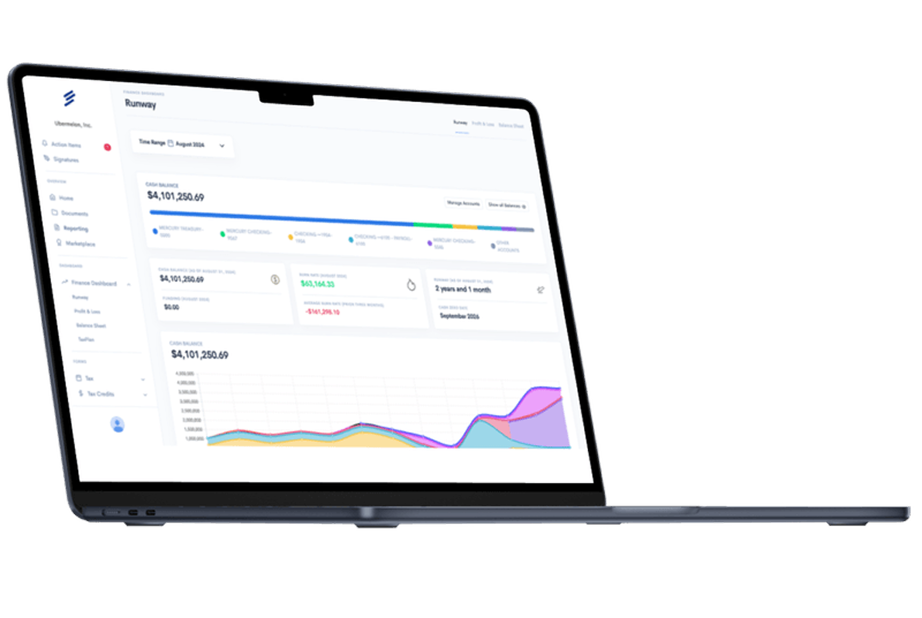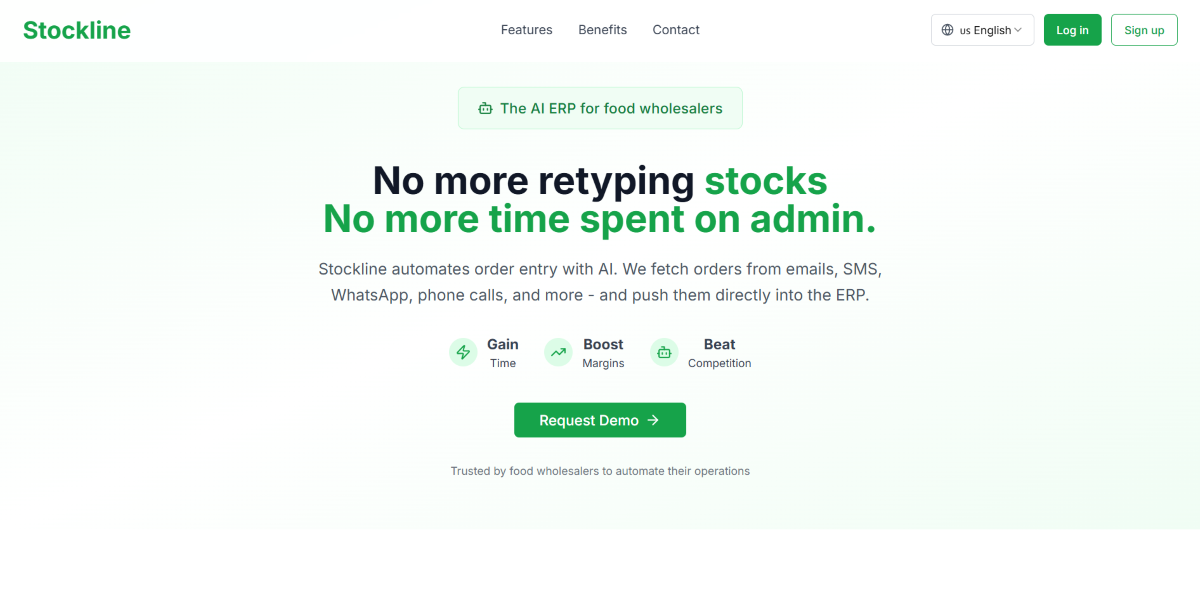Cash and accrual accounting methods fundamentally change how your business's financial position appears on QuickBooks balance sheets.
Cash and accrual accounting methods fundamentally change how your business's financial position appears on QuickBooks balance sheets. Each approach tells a different story about your company's assets, liabilities, and overall financial health. Understanding these differences helps you choose the right reporting method for your specific business needs and stakeholder requirements.
What Makes Cash Basis Balance Sheets Different
Cash basis balance sheets in QuickBooks present a simplified view of your business finances by only showing transactions where money has actually changed hands. Your assets section primarily displays bank account balances, petty cash, and physical assets you've purchased outright with immediate payment. This straightforward approach eliminates the complexity of tracking money that's owed to you or bills you haven't yet paid.
The liabilities section under cash basis reporting excludes accounts payable and other unpaid obligations, creating a picture focused exclusively on completed cash transactions. This can sometimes present an artificially positive view of your debt position since unpaid bills don't appear as liabilities. However, long-term debts like loans still show up because the initial loan receipt increased your cash when received, and subsequent payments reduce both cash and the loan balance.
Why Cash Basis Appeals to Small Businesses
Small business owners often gravitate toward cash basis accounting because it directly reflects their actual cash position without complex adjustments. This method makes it easier to track daily cash flow and manage immediate operational needs without getting bogged down in accounting technicalities. The reduced learning curve and minimal record-keeping requirements make it particularly accessible for entrepreneurs without extensive financial backgrounds.
Cash basis reporting works exceptionally well for service-based businesses with straightforward transactions and minimal inventory. Professional consultants, freelancers, and small retail operations often find this method sufficient for their reporting needs. The simplicity allows business owners to focus on operations rather than complex accounting procedures, making financial management more approachable for those just starting their entrepreneurial journey.
Key Advantages of Cash Basis Accounting
Cash basis accounting offers several compelling benefits that make it attractive for specific business situations:
- Clear cash position visibility: Your balance sheet directly shows actual money available rather than theoretical future income
- Simplified record-keeping: Transactions are only recorded when cash changes hands, reducing bookkeeping complexity
- Tax planning flexibility: Revenue recognition can be deferred by timing when payments are received
- Reduced learning curve: Minimal accounting knowledge required to understand and maintain records
- Immediate operational insights: Perfect for day-to-day cash flow management and short-term decision making
Common Cash Basis Balance Sheet Challenges
QuickBooks users frequently encounter unexpected account balances on cash basis balance sheets that technically shouldn't exist under pure cash accounting principles. Accounts receivable or payable sometimes appear when payments aren't properly linked to their corresponding invoices or bills, creating "orphaned" transactions that confuse the reporting system. These anomalies typically occur when users enter transactions without following proper QuickBooks workflows for connecting payments to their source documents.
Inventory management presents another persistent challenge in cash basis reporting within QuickBooks. Pure cash basis accounting should immediately expense inventory purchases, but QuickBooks often continues showing inventory as an asset until items are sold. This hybrid treatment can create confusion about actual expenses and profitability, particularly for businesses with significant inventory investments that need accurate cost tracking.
Regular reconciliation becomes essential for maintaining accurate cash basis balance sheets, requiring careful attention to how transactions are entered and linked. Users must examine transaction details for payments not applied to invoices, bills paid without proper linkage to original expense records, and journal entries affecting balance sheet accounts inappropriately. Implementing consistent data entry procedures helps prevent these issues from accumulating over time.
How Accrual Accounting Transforms Balance Sheets
Accrual basis balance sheets in QuickBooks provide a comprehensive financial snapshot by including all earned revenue and incurred expenses, regardless of payment timing. This approach aligns with Generally Accepted Accounting Principles and offers a more complete picture of your business's financial obligations and expected income streams. The method becomes increasingly valuable as operations grow more complex with extended payment terms, significant inventory, or long-term projects.
The assets section of an accrual balance sheet prominently displays accounts receivable, representing money customers owe for goods or services already provided. This visibility into expected future cash inflows helps with strategic planning and resource allocation decisions. Inventory appears properly classified as an asset until sold, when it converts to cost of goods sold, providing accurate tracking of product costs and margins.
Comprehensive Liability Tracking Benefits
Accrual accounting captures all business obligations in the liabilities section, including accounts payable for vendor bills received but unpaid, accrued expenses for upcoming obligations, and deferred revenue for advance payments. This comprehensive approach ensures you maintain clear visibility into all financial commitments, preventing surprises that could impact cash flow planning. The method particularly benefits businesses with complex vendor relationships or seasonal payment patterns.
The equity section more accurately reflects business profitability since revenue and expenses are matched in appropriate time periods regardless of cash transaction timing. This matching principle provides a clearer picture of operational performance, making accrual basis balance sheets valuable for evaluating business trends, securing financing, or making strategic investment decisions. Investors and lenders typically prefer accrual reporting because it offers transparency into the business's true financial position.
Essential Components of Accrual Balance Sheets
Accrual basis balance sheets contain several critical elements that provide comprehensive financial insights:
- Accounts receivable: Outstanding customer invoices showing expected future cash inflows
- Accounts payable: Unpaid vendor bills representing current financial obligations
- Accrued expenses: Costs incurred but not yet billed, such as utilities or wages
- Deferred revenue: Customer prepayments for goods or services not yet delivered
- Proper inventory valuation: Assets tracked at cost until sold and converted to expenses
- Depreciation tracking: Fixed assets shown with accumulated depreciation for accurate book values
Managing Accrual Complexity in QuickBooks
Accrual accounting requires careful attention to timing differences between earning revenue and receiving payment, particularly with customer deposits or prepayments. Without proper entry techniques, these transactions can be immediately recognized as revenue rather than correctly recorded as deferred revenue liability until goods or services are delivered. This timing precision becomes crucial for accurate financial reporting and tax compliance.
Tracking accrued expenses presents ongoing challenges, especially when businesses incur costs in one period but receive invoices later. Utilities used in December but billed in January require manual adjusting entries to appear on the correct period's balance sheet. Similarly, prepaid expenses like insurance or annual subscriptions need careful allocation across their useful periods rather than immediate expensing, requiring systematic tracking and adjustment procedures.
Switching Between Reporting Methods in QuickBooks
QuickBooks provides remarkable flexibility by allowing users to generate both cash and accrual basis balance sheets from the same data set without maintaining separate accounting records. This capability enables businesses to analyze their financial position from multiple perspectives, using cash basis for immediate cash flow analysis and accrual basis for comprehensive financial planning. The switching process involves simply opening your balance sheet report, clicking "Customize," and selecting your preferred report basis.
Comparing these reports reveals significant differences that can substantially alter your perception of business financial health. Cash basis balance sheets typically show lower total assets because they exclude accounts receivable, while accrual versions provide complete pictures of business ownership and obligations. The equity sections often differ dramatically, with accrual basis typically offering more accurate representations of business profitability through proper revenue and expense matching.
Strategic Applications for Each Method
Seasonal businesses particularly benefit from dual reporting capabilities, as cash basis reports might show struggling periods when bills are paid but little revenue arrives, while accrual reports reveal stronger positions through advance bookings and pending receivables. This perspective difference helps business owners understand both immediate cash needs and longer-term financial trends. Smart entrepreneurs use cash basis reporting for tax planning and short-term cash flow management while relying on accrual basis for strategic planning and stakeholder communications.
The choice between methods often depends on your audience and purpose rather than personal preference. Banks and investors typically require accrual basis reports for loan applications and investment decisions because they provide comprehensive financial pictures. Meanwhile, cash basis reports excel for daily operational decisions and tax planning where actual cash availability matters more than theoretical profitability.
Best Practices for Accurate Financial Reporting
Maintaining data integrity across both reporting methods requires consistent transaction entry procedures that support accurate reporting under either basis. Smart QuickBooks users record all customer invoices and vendor bills properly, even when primarily using cash basis reporting, because this approach enables seamless switching between methods without data inconsistencies. This practice prevents the frustration of discovering missing information when you need comprehensive reports for specific purposes.
Regular reconciliation extends beyond standard bank reconciliation to include monthly reviews of accounts receivable aging and accounts payable reports. These reviews help identify and resolve discrepancies before they affect balance sheet accuracy, maintaining reliable financial data regardless of your preferred reporting method. When recording complex transactions like customer deposits or prepaid expenses, using appropriate QuickBooks features rather than workarounds ensures compatibility with both reporting approaches.
Monthly Closing Procedures That Work
Implementing systematic month-end closing checklists that include reviewing both cash and accrual basis balance sheets helps identify entry errors that might otherwise go unnoticed. This dual review process often reveals inconsistencies or unusual account balances that signal data entry problems or missing transactions. For businesses reporting taxes on cash basis but wanting accrual reports for management purposes, creating dedicated routines for generating adjustment entries at tax time helps reconcile the two methods effectively.
Documentation plays a crucial role in maintaining consistent reporting practices, particularly regarding QuickBooks settings and any custom reports created for specific purposes. Detailed procedures ensure consistency when different team members handle financial reporting and help track how your reporting approach evolves with business growth. This documentation becomes invaluable during busy periods or staff transitions when maintaining financial reporting accuracy is critical.
Essential QuickBooks Setup Considerations
Proper QuickBooks configuration ensures accurate reporting under both cash and accrual methods:
- Chart of accounts structure: Organize accounts to support both reporting methods without confusion
- Default report preferences: Set appropriate defaults for your primary reporting method while maintaining flexibility
- Customer and vendor setup: Configure payment terms and account assignments to support proper transaction tracking
- Inventory item configuration: Ensure inventory items are properly classified for accurate cost tracking
- Bank account integration: Link all business accounts for complete cash position visibility
- User permissions: Control access to prevent unauthorized changes that could affect report accuracy
Choosing the Right Method for Your Business
Selecting your accounting method involves evaluating multiple factors beyond simple preference, starting with your business structure and operational complexity. Cash basis accounting works well for service-based businesses with straightforward transactions and minimal inventory, while accrual accounting becomes increasingly necessary as operations grow more complex with extended payment terms, significant inventory, or long-term projects. Industry standards often influence this decision, as certain sectors have established practices favoring one method over another.
Growth trajectory considerations play a significant role in method selection, particularly regarding IRS regulations requiring businesses exceeding $25 million in annual revenue to use accrual accounting. Starting with accrual accounting might save complicated transitions later if you anticipate rapid growth. Your financial reporting needs should also guide the choice, with cash basis sufficient for immediate cash flow focus while accrual basis provides comprehensive pictures needed for investor relations, financing applications, or strategic decision-making.
Hybrid Approaches for Maximum Flexibility
QuickBooks enables maintaining books on accrual basis while generating cash basis reports for tax purposes, provided you meet IRS eligibility requirements for cash basis tax filing. This hybrid approach often provides optimal flexibility—detailed accrual information for management decision-making alongside simplified cash basis reporting for tax compliance. The strategy works particularly well for growing businesses that need comprehensive financial data but want to maintain cash basis tax advantages.
Professional consultation becomes valuable when evaluating your specific business needs and recommending the most appropriate approach. Qualified accountants can assess your operational complexity, growth plans, and reporting requirements to suggest optimal accounting methods. They can also help implement proper procedures for maintaining accurate records under your chosen method while ensuring compliance with relevant regulations and industry standards.
Decision Factors for Method Selection
Several key considerations should guide your accounting method choice:
- Business size and complexity: Simple operations favor cash basis while complex businesses need accrual tracking
- Industry requirements: Some sectors have established practices or regulatory requirements for specific methods
- Growth projections: Anticipated revenue growth may require accrual accounting within IRS guidelines
- Stakeholder needs: Investors and lenders typically prefer comprehensive accrual basis reporting
- Tax planning goals: Cash basis offers timing advantages for tax deferral strategies
- Management reporting requirements: Strategic planning benefits from accrual basis comprehensive insights
Transform Your QuickBooks Financial Reporting Today
Understanding the differences between cash and accrual balance sheets empowers you to make informed decisions about your business's financial reporting approach. Whether you choose cash basis for its simplicity, accrual basis for comprehensive insights, or a hybrid approach for maximum flexibility, the key lies in consistent application and clear understanding of what your reports reveal about your business's financial health.
QuickBooks' flexibility in generating both report types from the same data set provides unprecedented opportunities for gaining multiple perspectives on your financial position. This capability enables you to leverage the strengths of each method without maintaining separate accounting systems, making sophisticated financial analysis accessible to businesses of all sizes.
Ready to optimize your QuickBooks balance sheet reporting? Start by generating both cash and accrual basis reports for your current period and compare the differences. This exercise will reveal which method better serves your specific business needs and help you develop more effective financial management strategies moving forward.
Simplify Startup Finances Today
Take the stress out of bookkeeping, taxes, and tax credits with Fondo’s all-in-one accounting platform built for startups. Start saving time and money with our expert-backed solutions.
Get Started









.png)









